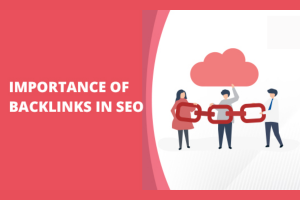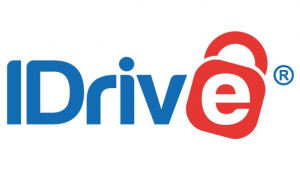10 Tactics You Can Use to Become an SEO Expert

Introduction: What is SEO?
SEO (Search Engine Optimization) is a marketing technique that helps businesses to attract new customers by gaining high rankings in search engine results pages.
SEO is a buzzword that has been around for years and it’s not going anywhere anytime soon. This article will provide an introduction to SEO, what it is, how it works and why you should care about it. Search Engine Optimization (SEO) refers to the process of affecting the online visibility of a website or a webpage in order to increase the number of visitors and consequently, its global traffic. In simpler terms, it is how you make your website show up higher in search engine results pages (SERPs).
To know about – Importance and scope of digital marketing
SEO Manager’s Guide – Managing Your Website for Higher Rankings
SEO is an integral part of any marketing strategy. It is the process of getting your website to rank higher in search engines, so it gets more traffic.
There are many factors that play into SEO and understanding them can be a challenge. There are a lot of things to keep track of and it can be difficult to know what you should be focusing on. This guide will walk you through all the steps and factors that go into SEO, as well as provide some basic strategies for managing your website for better rankings in search engines.
Good SEO management can help you rank higher on Google and other search engines. It can also provide you with more traffic and better customer engagement.
The most important thing to remember about SEO is that it is not a one-time job – it needs continual management and upkeep in order to be successful.
10 Simple Tips to Improve Your Website’s Search Engine Optimization
There are a lot of SEO tips out there, but these 10 simple SEO tips will help you get started.
1. Make sure your site is mobile-friendly
2. Use keywords in your page titles and headings. Use keywords in your meta descriptions and alt tags.
3. Include a keyword rich snippet with your meta description to help Google display it more prominently in search results pages.
4. Optimize images with descriptive file names, alt tags, and captions that include keywords and relevant information about the image to improve their ranking in search results pages.
5. Ensure that you have an XML site map for your website so that all of the pages on your site are indexed by search engines, including those on sub-domains or sub-directories.
6. Incorporate social media into your content marketing strategy to increase traffic to your website from social media sites like Facebook and Twitter.
7. Check Google Trends for popular keywords related to your business.
8. Use keyword tools to get a sense of what people are searching for when they’re looking for the kinds of services or products your company provides.
9. Use the Keyword Planner tool in Google AdWords to help you come up with some suggestions for keywords (and their popularity) based on whatever topic you provide in the initial search bar there (you don’t even have to sign into a Google account).
10. Make sure your website loads quickly – it should load in under 5 seconds on desktop and 3 seconds on mobile for optimal performance and user experience (UX).
Use Tools to Improve Your Website Ranking To sum it all up, anything you can do to improve your organic traffic and drive more traffic to your site is a tool you need to have in your arsenal. Optimization is a never ending process. And even if your website isn’t featured on the first page of search results, having tools that help you become an expert in SEO will help you with higher ranking in the long-run.
Helpful post –





